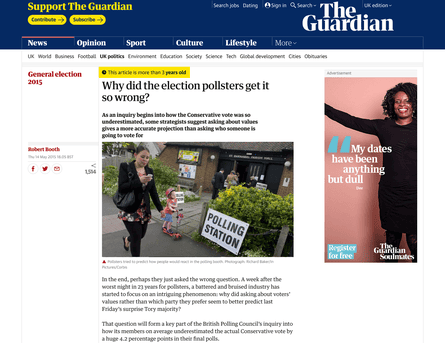How News Articles can Save You Time, Stress, and Money.
How News Articles can Save You Time, Stress, and Money.
Blog Article
3 Easy Facts About News Articles Described
Table of ContentsEverything about News ArticlesGetting The News Articles To WorkThe Basic Principles Of News Articles Some Known Details About News Articles The Of News Articles
Good knowledge of various subjects gives pupils a competitive side over their peers. Despite the fact that digital and social networks are easily available, we must not neglect how crucial it is to check out the newspapers. Moms and dads need to try and instill the routine of reviewing a paper as a daily regimen to proceed the heritage of the revered print medium.Information tales additionally include at least one of the complying with essential features loved one to the designated target market: proximity, prestige, timeliness, human interest, strangeness, or effect.
Within these limitations, news stories additionally intend to be thorough. Various other aspects are included, some stylistic and some obtained from the media type. Amongst the larger and more recognized papers, fairness and balance is a major consider presenting info. Commentary is typically restricted to a separate area, though each paper might have a different total angle.
Newspapers with a global target market, for example, often tend to make use of a much more official design of creating. News Articles.; usual style guides consist of the and the United States News Design Book.
What Does News Articles Do?
As a regulation, journalists will certainly not utilize a lengthy word when a short one will certainly do. They utilize subject-verb-object building and construction and vivid, energetic prose (see Grammar). They provide anecdotes, examples and metaphors, and they rarely depend upon generalizations or abstract ideas. News authors attempt to stay clear of using the exact same word greater than once in a paragraph (often called an "echo" or "word mirror").
Nevertheless, headings often leave out the topic (e.g., "Leaps From Watercraft, Catches in Wheel") or verb (e.g., "Cat lady lucky"). A subhead (likewise subhed, sub-headline, subheading, caption, deck or dek) can be either a subservient title under the primary heading, or the heading of a subsection of the article. It is a heading that precedes the primary message, or a team of paragraphs of the primary text.

Extra billboards of any of these types might show up later on in the short article (specifically on succeeding pages) to attract Read Full Article further reading. Such signboards are also made use of as reminders to the article in various other areas of the publication or site, or as advertisements for the item in various other magazine or websites. Typical framework with title, lead paragraph (recap in vibrant), other paragraphs (details) and get in touch with information.

Instance of a hard-lead paragraph NASA is recommending another room job. The spending plan requests around $10 billion for the task.
The NASA announcement came as the agency asked for $10 billion of appropriations for the project. An "off-lead" is the second crucial front page news of the day. The off-lead appears either in the top left edge, or straight below the lead on the. To "hide the lead" is to begin the write-up with background details or information of additional relevance to the readers, compeling them to review even more deeply into an article than they must need to in order to uncover the important points.
What Does News Articles Mean?
Usual use is that a person or 2 sentences each create their own paragraph. Journalists generally define the organization or structure of an information tale as an inverted pyramid. The necessary and most interesting components of a story are placed at the beginning, with supporting information adhering to in order of reducing relevance.
It permits people to discover a subject to just the depth that their his comment is here inquisitiveness takes them, and without the charge of information or subtleties that they might think about unnecessary, yet still making that details readily available to more interested viewers. The upside down pyramid structure likewise enables articles to be cut to any kind of approximate length throughout format, to fit in the room available.
Some authors Look At This begin their stories with the "1-2-3 lead", yet there are several sort of lead readily available. This layout usually begins with a "Five Ws" opening paragraph (as described over), adhered to by an indirect quote that offers to sustain a significant component of the very first paragraph, and after that a straight quote to support the indirect quote. [] A twist can refer to multiple points: The last story current program; a "pleased" story to finish the show.
Longer write-ups, such as magazine cover short articles and the items that lead the inside areas of a newspaper, are recognized as. Feature stories vary from straight information in a number of methods.
News Articles Things To Know Before You Buy
The journalist commonly details communications with meeting topics, making the piece extra individual. An attribute's first paragraphs commonly associate a fascinating moment or event, as in an "anecdotal lead". From the particulars of a person or episode, its view promptly expands to abstract principles about the tale's subject. The area that signals what a function has to do with is called the or signboard.

The Editor's Toolbox: A Referral Guide for Beginners and Professionals (2001) Allan M. Siegal and William G. Connolly. The New York Times Handbook of Design and Use: The Official Style Overview Utilized by the Writers and Editors of the World's The majority of Reliable Paper (2002) M. L. Stein, Susan Paterno, and R.
Report this page